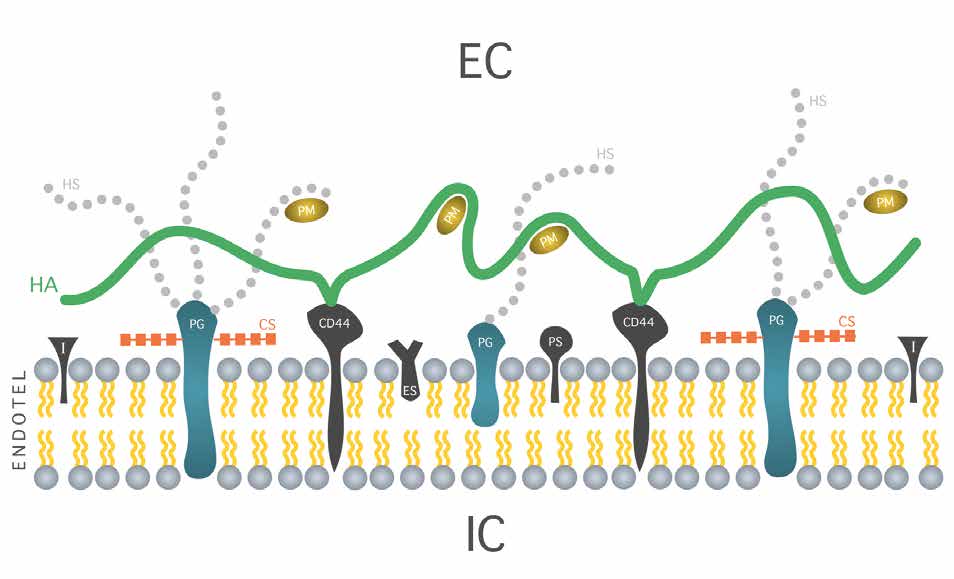Abstract
Introduction: Surgical treatment is associated with an unwanted response of the organism to the so-called surgical trauma. This response is called surgical stress. Ischaemia-reperfusion injury is one of essential causes of tissue damage. It comprises functional and structural changes in tissue that occur after the restoration of circulation, after an episode of ischaemia. Necrosis of irreversibly changed cells and endothelial and mitochondrial- induced tissue swelling occur.
Methods: Physiology, pathophysiology of endothelial glycocalyx: Endothelial glycocalyx is a 0.2 to 5 micrometres thin heteropolysaccharide layer that covers the endothelium on its intraluminal side. Backbone molecules of the glycocalyx include proteoglycans, glycoproteins, and glycosaminoglycans. Damage of the endothelial glycocalyx was described in trauma patients, in patients with septic shock, in ischemia and reperfusion injury, and during extensive surgical procedures. Approaches to prevent endothelial glycocalyx damage: Remote ischemic preconditioning was tested as a method of ischemia and reperfusion injury prevention during and after surgery. Nevertheless, the expected effect was not confirmed in performed meta-analyses. Endothelial glycocalyx damage can be prevented pharmacologically with a broad spectrum of substances, such as antithrombin III, doxycycline, hydrocortisone, etanercept, or nitric oxide donors. Hydrogen inhalation or albumin affects glycocalyx positively. Sulodexide provides a positive effect on the protection and reparation of endothelial glycocalyx. This proteoglycan with antithrombotic, fibrinolytic, hypofibrinogenemic, and lipolytic function is used for the treatment of venous diseases, ischaemic heart disease, and peripheral arterial disease. A positive effect of sulodexide on renal dysfunction was documented in a model of ischaemia and reperfusion injury. Equally, a positive effect of sulodexide was described on endo helium repair after its mechanical damage
Conclusion: Further research needs to be performed to evaluate the effect of endothelium-protectives on glycocalyx damage prevention and repair in ischaemia and reperfusion models involving large laboratory animals or in clinical trials in patients undergoing surgical revascularisation procedures.

